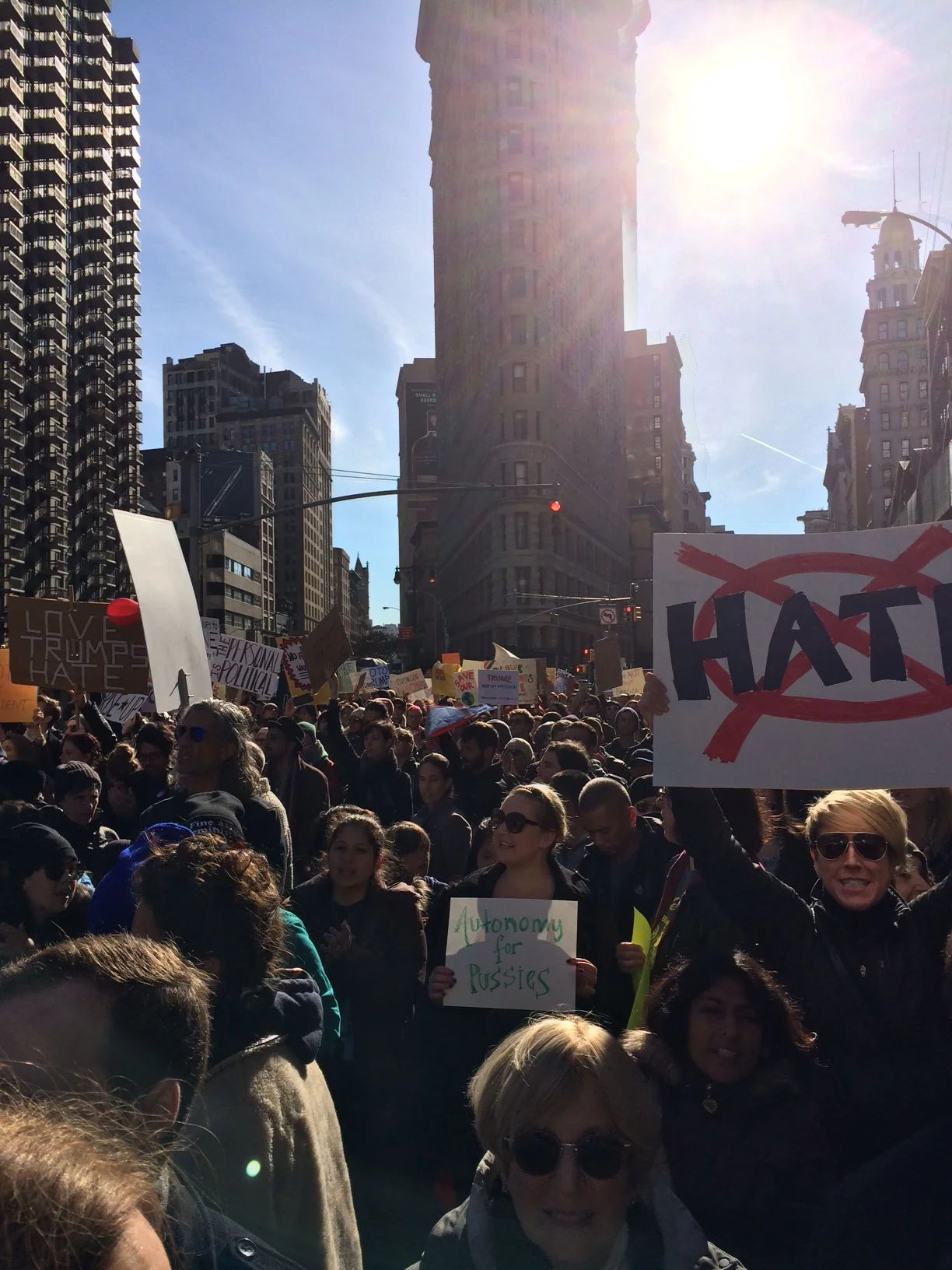Why does it take a crisis for us to wake up? We slumber in the false security of habit and stasis, content to close our eyes to the injustices of our world as long as they do not directly affect I, Me, or Mine. But when a crisis is what we’ve got, it’s all we can do to act quickly to put out the fire, no matter the cost to our wellbeing. The thing is, adrenaline burns up just as fast as the fire is extinguished. So if we’re dealing with long-term systemic crises, it’s absolutely crucial to know how to establish a well-organized framework for sustainable (M)ovement that supports us as individuals and in turn, each other.
Here are some indicators of a well-organized embodied framework for sustainable (M)ovement: Your joint spaces are well balanced. Your weight is optimally distributed through your bones, so that your muscles and ligaments don’t have to work so hard. Your flexor and extensor muscles function in harmony. You do not rigidly hold any part of yourself or collapse, but your muscle tone is more evenly distributed, and springy to the touch. Your breath is free. Your postural support is an integration of both a “top down and bottom up” processing, where your eyes and head are available to orient and lead you in space, while the ground supports you from underneath, and lets you know which way is up. Your nervous system fluctuates in manageable waves, and you more accurately perceive when a threat is real or imagined. You do not use more effort than necessary in your daily activities. You feel more at home in yourself and as yourself. Your thoughts are clear, and your emotions pass through all their different colors with fluidity.
In the Structure of Scientific Revolutions, Thomas Kuhn writes that in order for a paradigm shift to take place, a new paradigm must already be established and understood. Even when we recognize the need for a shift, we are incapable of making that shift unless we know where we’re going next. I propose that knowing the exact destination of where we’re going next is the fruitless focus of an old paradigm. Rather, when we establish our well-organized framework with a general intention of which direction we want to go in, “right action” will spontaneously emerge, and the journey will take precedence over the destination. It’s about a general direction of where we’re going and how. Rather than embodying a direction that takes us back and down, AT helps us cultivate a free expression of moving forward and up in connection to the ground, from the inside out.
AT begins with the precursor to all (M)ovements small and large: our thoughts and intentions. Our intentions are embodied whether consciously or not. AT is uniquely designed to teach us how to clarify and streamline the translation of our intentions into movement and action, and how we may be interfering with that process occurring more efficiently. The act of becoming more conscious of that relationship between our intentions and our bodies gives us greater agency over our actions. Old “destination-based” habits of support and movement are replaced with a new paradigm organized around process-based conscious choice and direction, so your old postural paradigm is free to shift. Our personal movement forward and up becomes our collective Movement forward and up, in connection to the ground and the space around us. We cannot absolve ourselves of our conscious responsibility for, and participation with, the efficacy of our (M)ovement anymore. There is no one else to do it. It’s up to You, and Me, for the evolution of Us.


